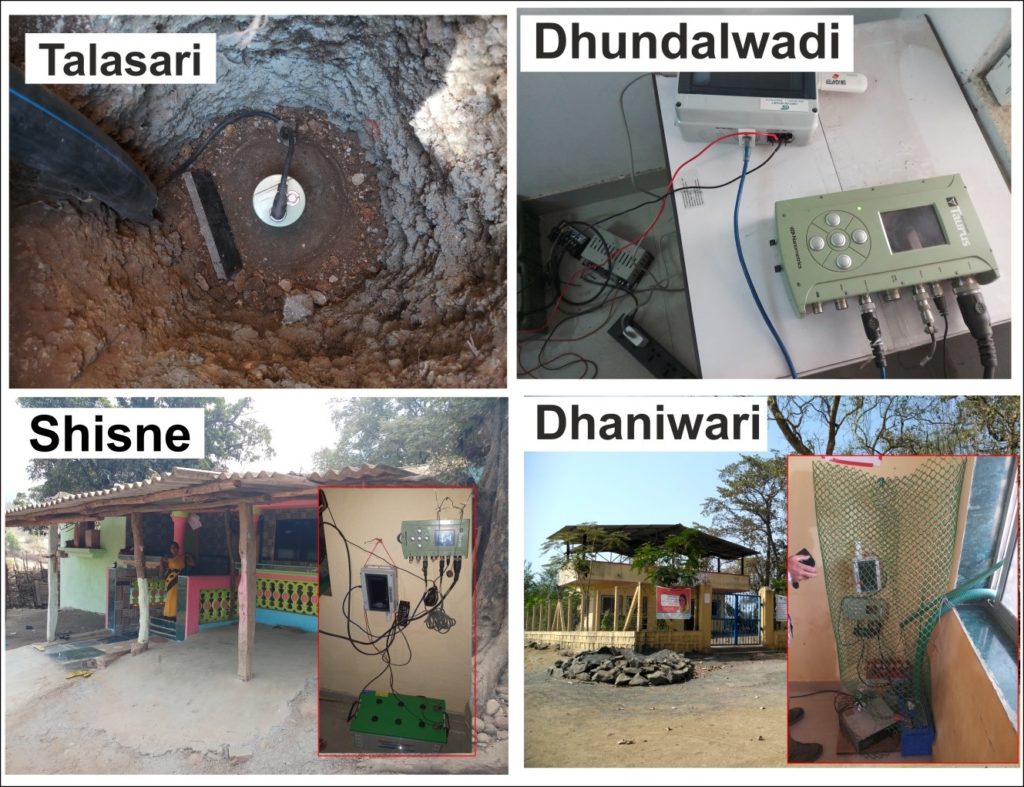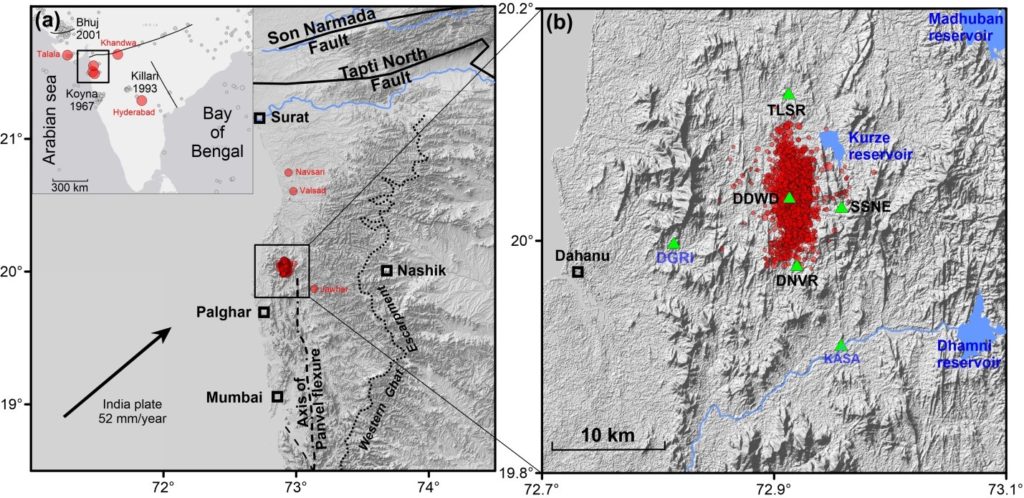
Scientists Find Reason Behind Low Magnitude Earthquakes of Western Coast
- News
- 1.6K
The low magnitude and long duration earthquakes in the western coastal region (Dhundhalwadi, Palghar, Maharashtra) started in November 2018 and has produced more than 16,000 earthquakes of magnitude −0.5 to 3.8 which continue to occur even now.
This unusual phenomenon caused panic among the people living there but curiosity among the geophysicists. The researchers installed a seismograph in the region and later they added more seismographs surrounding the reported region of earthquakes.

In the study, they find that apart from tectonic shifts earthquakes could be occurring due to some shallow subsurface processes probably caused by monsoon rains.
“We propose that aseismic slip driven by the fluid migration at shallow depth is responsible for the swarm,” said Dr. Vineet K. Gahalaut, Senior Principal Scientist, Council of Scientific and Industrial Research-National Geophysical Research Institute (CSIR-NGRI), Hyderabad while speaking with India Science Wire.
Swarm is a sequence of generally small earthquakes with no identifiable mainshock and they often happen at the same location. They are usually short-lived but they can last for days, weeks or sometimes even months.

Two methods were adopted to carry out this research work. The first one is earthquake monitoring. There were 5 seismographs installed around the region of earthquakes. These earthquakes were recorded and located by using standard methods of the earthquake location, to analyze their characteristic features. Second, satellite-based monitoring of ground deformation was employed known as Interferometric synthetic aperture radar (InSAR) study. The regions of earthquake occurrence and ground deformation coincide.
“We started monitoring the earthquake occurrence. We located them very precisely and found that these earthquakes are occurring in a small region of 30 kilometers surrounding the Dhundhalwadi village. They occur at a shallow depth of up to 6 km with very clustered epicenters” said Dr. Gahalaut.
The features of earthquake monitoring, properties of earthquakes and features of deformation, indicate that these earthquakes are caused by some shallow process and probably not by the tectonic process. “The other possibility of they being volcanic in nature does not arise here. In most likely case, these earthquakes are caused by the percolation of rainfall water at depth and collapse of underground cavities due to this flow. And may not lead to a big earthquake” told Dr. Gahalaut.
However, it is important that people take precautions and follow some basic rules of earthquake safety. Dr. Gahalaut said that in the region people should avoid buildings that are weakened and not safe for occupying. He advised that the people should make sure that places of the large congregation (school, hospitals, and community halls) are safe and in a long term, the buildings should follow the building code of India. “Ultimately, it is poorly constructed buildings which kill people and not the earthquakes,” he said.
The study has been published in the journal Tectonophysics. Apart from Dr. Gahalaut, the team of researchers include Varun Sharma, Monika Wadhawan, Naresh Rana and G. Suresh from National Center for Seismology, K.M. Sreejith, Ritesh Agrawal from Indian Space Research Organisation (ISRO)-Space Applications Centre, Ahmadabad, Charu Kamra from Institute of Seismological Research, Ahmadabad, K.S. Hosalikar, Kiran V.Narkhede from India Meteorological Department, Mumbai.
If you liked this article, then please subscribe to our YouTube Channel for the latest Science & Tech news. You can also find us on Twitter & Facebook.


